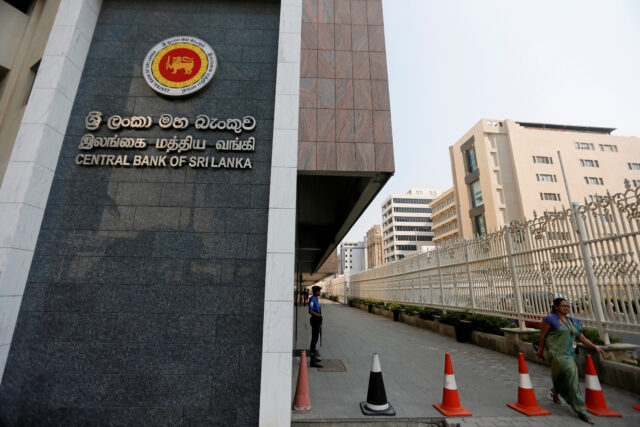
S
ri Lanka’s central bank has repaid $225 million to the Reserve Bank of India in the first quarter of 2024, according to official data. This repayment is part of ongoing efforts, following a Treasury guarantee given in October 2023 to cover a $2,601.43 million credit from RBI to Sri Lanka’s central bank.
During the severe currency crisis exacerbated by rate cuts since the establishment of the central bank, Sri Lanka obtained deferred payments from India through the Asian Clearing Union.
As of the end of March 2024, Sri Lanka’s outstanding debt to the Reserve Bank of India had decreased to $2,226.43 million from $2,451.43 million in December. Between October and March, the central bank repaid $375 million to India.
To manage foreign debt repayments and build reserves, Sri Lanka has maintained slightly higher interest rates to limit domestic credit and investments. Lowering rates prematurely, even if historical inflation is low, and enforcing below-market rates through open market operations can lead to forex shortages and depletion of reserves.
Analysts have noted that RBI loans and swaps, used for forex market intervention, inadvertently refinanced private sector credit, delaying necessary corrections in the balance of payments. China’s swap arrangement became unusable once reserves dropped below three months of imports. Central bank swaps, originally created by the Federal Reserve in the 1960s for macroeconomic policy, have historically delayed proper market rate adjustments.















